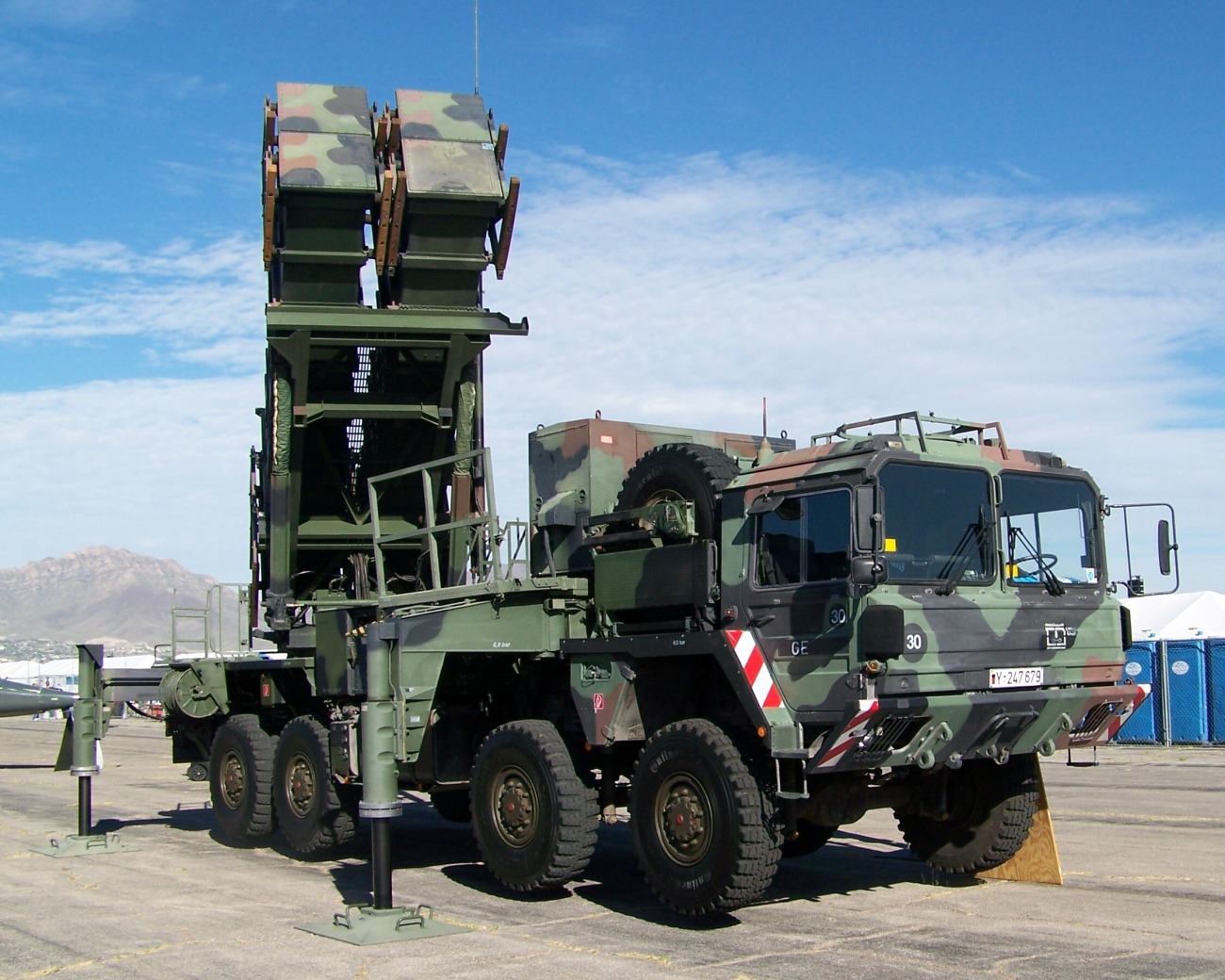In an aerial strike that began on December 29, Russia fired at least 300 different types of missiles and over 200 drones and killed nearly 30 people in the capital, Kyiv. However, most of these adversarial projectiles were reportedly shot down by the Ukrainian air defenses.
“So far this day, almost a hundred missiles of various types have been launched … And just in the last few days – from Dec. 29 till now – Russia has already used nearly 300 missiles and over 200 ‘Shahed’ drones against Ukraine,” Ukrainian President Volodymyr Zelenksy said in an evening address late on January 2.
Zelenksy made these remarks as the Russian attacks have intensified in recent days.
Zelenskyy said that Russia “planned their trajectories to cause as much damage as possible” and that the nation’s air defenses shot down 10 Kinzhal missiles on Tuesday alone. He claimed no other country has successfully repelled strikes combining drones and missiles.
Although Ukrainian interception of Russia’s “invincible” missiles and its drones that wreaked havoc on Ukrainian energy infrastructure last year is a matter of cheer for the country, there are concerns that Moscow would increasingly try to bridge the gap and adapt to the capability of the western air defenses deployed by Kyiv’s forces.
Rescue operations in the aftermath of another Russian strike continue. All the services are working. Over 500 State Emergency Service rescuers, municipal services, energy workers, and police officers.
Kyiv, Kyiv region, and Kharkiv. As of now, 92 people have been reported… pic.twitter.com/u3Qt3pZ81Z— Volodymyr Zelenskyy / Володимир Зеленський (@ZelenskyyUa) January 2, 2024
A recent study published by the Institute for the Study of War (ISW) cautioned that the Russian forces would probably try to adapt to Ukrainian air defense capabilities to learn how to avoid it and cause the most significant destruction and casualties going forward. It emphasized that for this reason, Western provision of air defense systems and missiles to Ukraine remains crucial.
According to the report, on January 1-2, Ukrainian forces shot down far more Kinzhal missiles and Shahed drones than they did on December 29. The experts speculate that following months of testing and experimenting with different weapon systems, strike routes, and air defense mitigation strategies, Ukrainian troops may have become accustomed to the kind of strike package Russian forces used on December 29.
According to the ISW, Russia’s attacks on Ukraine are part of a continuous offensive-defense competition that is tactical and technological. In this competition, both sides constantly experiment and change to outwit one another, especially regarding long-range and air defense attacks.
Ukrainian Commander-in-Chief General Valerii Zaluzhnyi confirmed that there were strikes on critical civilian and military infrastructure. The Russian Ministry of Defense (MoD) claimed that the strikes targeted defense industrial base (DIB) enterprises in Ukraine, including those that produce drones and missiles and repair military equipment in Kyiv and its suburbs. Again, this serves as a reminder that Russian tactics this winter are to hit defense facilities instead of energy infrastructure, which they targeted last year.
The only means of thwarting these relentless attacks is to focus on acquiring more sophisticated air defense systems that have been crucial in defeating even the Russian hypersonic weapons. “Western aid to Ukraine remains crucial as Russian forces will likely continue to experiment and innovate new ways to penetrate Ukrainian air defenses,” the analysts note.
Citing analysts, British publication The Telegraph noted in a report on January 1 that if Ukraine is forced to withdraw its air defense systems to cover vital population centers, it may have to ration its air defense missiles to protect targets it deems to be the most important. This would likely expose critical frontline areas.
The ISW report also mentioned the Telegraph report and concurred with the concerns. Dmytro Kuleba, the foreign minister of Ukraine, urged Western nations to send Ukraine long-range missiles, combat drones, air defense systems, and ammunition as soon as possible. Several Western figures mentioned Ukraine’s need for air defenses and denounced the Russian strikes on January 2.
Ukraine’s Air Defenses Are Working, But It Needs More
Russia celebrated the New Year’s holiday by launching some of the most extensive airstrikes of the war, which forced Ukrainians to spend a large portion of the holiday season in bomb shelters. Many in Ukraine have long conjectured that Russia was storing missiles for use in a new winter bombing campaign, and this latest series of significant airstrikes has validated their worst suspicions.
As part of the country’s transformation to a wartime economy, Moscow is thought to have significantly increased domestic missile manufacture; more than 100 long-range missiles are supposedly produced each month. Vladimir Putin, the president of Russia, promised to “intensify” Russia’s air campaign against Ukraine in a speech on New Year’s Day.
Up to this point, Ukrainian forces have surpassed all expectations by utilizing a broad range of air defense systems supplied by the nation’s foreign allies. They have eliminated between 70 and 80 percent of the incoming drones and missiles.
Nonetheless, senior leaders in Kyiv might be compelled to focus scarce resources and essentially abandon most of the nation undefended if ammunition supplies run dangerously low in late January or early February. Under these conditions, a single Russian air attack wave might potentially claim thousands of civilian lives.
Germany gave the nation a second Patriot system in December, and it also got Japan to promise to provide Patriot missiles to the US—a move that would enable the US to give Ukraine more missiles. Following the most recent assault by Russia, Zelenskyy had a conversation with British Prime Minister Rishi Sunak, during which air defense supplies were a major topic of discussion.
In response to Russia’s major air attack on December 29, Britain had earlier confirmed that 200 more air defense missiles would be sent to Ukraine. While Kyiv officials appreciate this support, they also understand that much will rely on how the current political impasse in Washington, DC, plays out. As the focus shifts to the US presidential election in 2024, work on a significant new aid package for Ukraine has stopped.
The multibillion-dollar plan will leave the Ukrainian military with several severe shortages, particularly in air defense, unless the US Congress can unblock it.

On January 1, the Norwegian government declared that its defense companies would be allowed to sell arms and defense-related goods directly to the Ukrainian government. Since the new policy took effect on January 1, Norwegian defense businesses have been able to apply for export licenses to sell these to Ukraine. The Ministry of Foreign Affairs (MFA) will review each application individually.
Some countries that committed air defense systems to Ukraine last year are yet to deliver. The Liberal administration made the much-publicized announcement that it would be spending US$406 million to buy Ukraine advanced NASAMS and related ammunition last year.
However, as preparations are still being made, Canada has not yet delivered the US$400 million air defense system it promised Ukraine about a year ago.
Analysts, however, believe Russia’s terror bombing campaign won’t stop, not even with a massive increase in the amount of air defense systems and ammunition delivered to Ukraine. To counter the threat presented by Russian drones and missiles, Ukraine needs to acquire its own long-range missiles and political approval from its allies to attack launch sites and associated targets within Russia.
They have noted on several occasions that Ukrainian commanders will have to use a shield rather than a sword in the air battle with Russia as long as Western policymakers insist on limiting Ukraine’s ability to retaliate.
- Contact the author at sakshi.tiwari9555 (at) gmail.com
- Follow EurAsian Times on Google News




